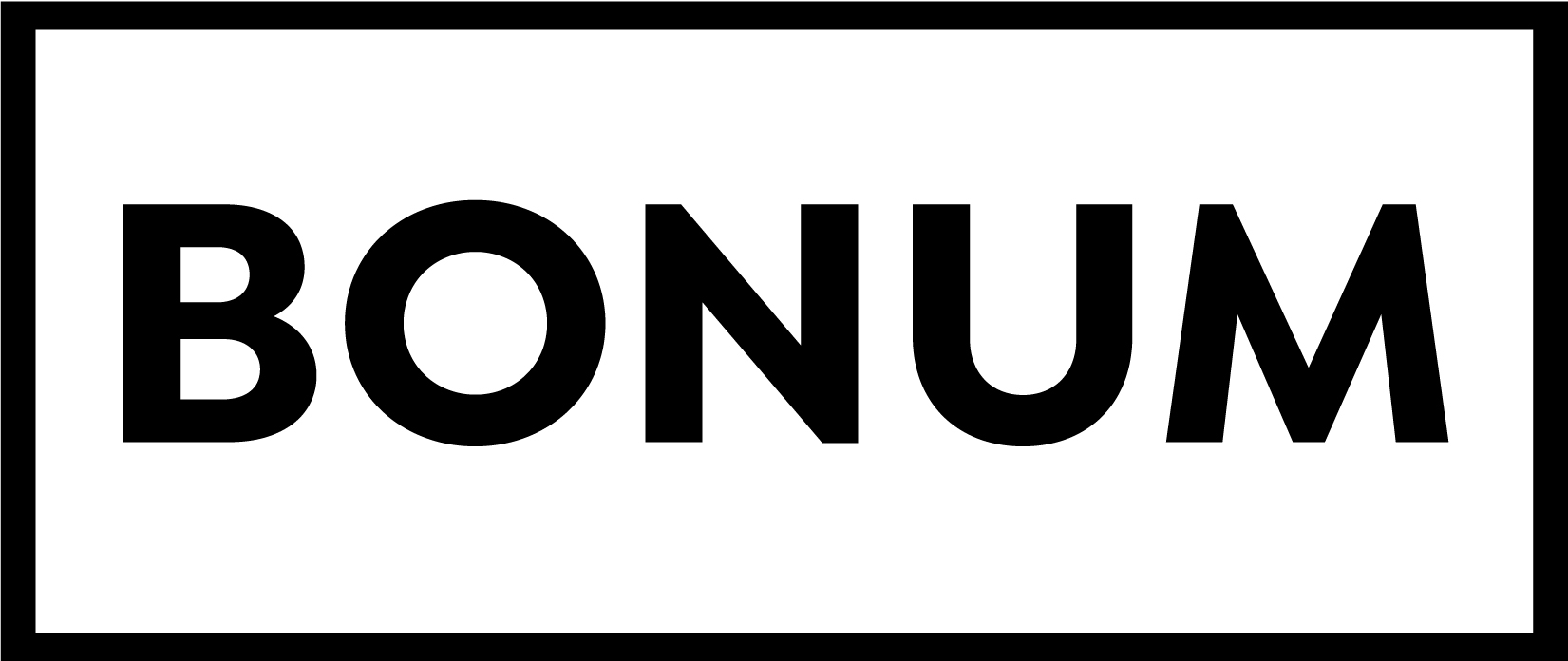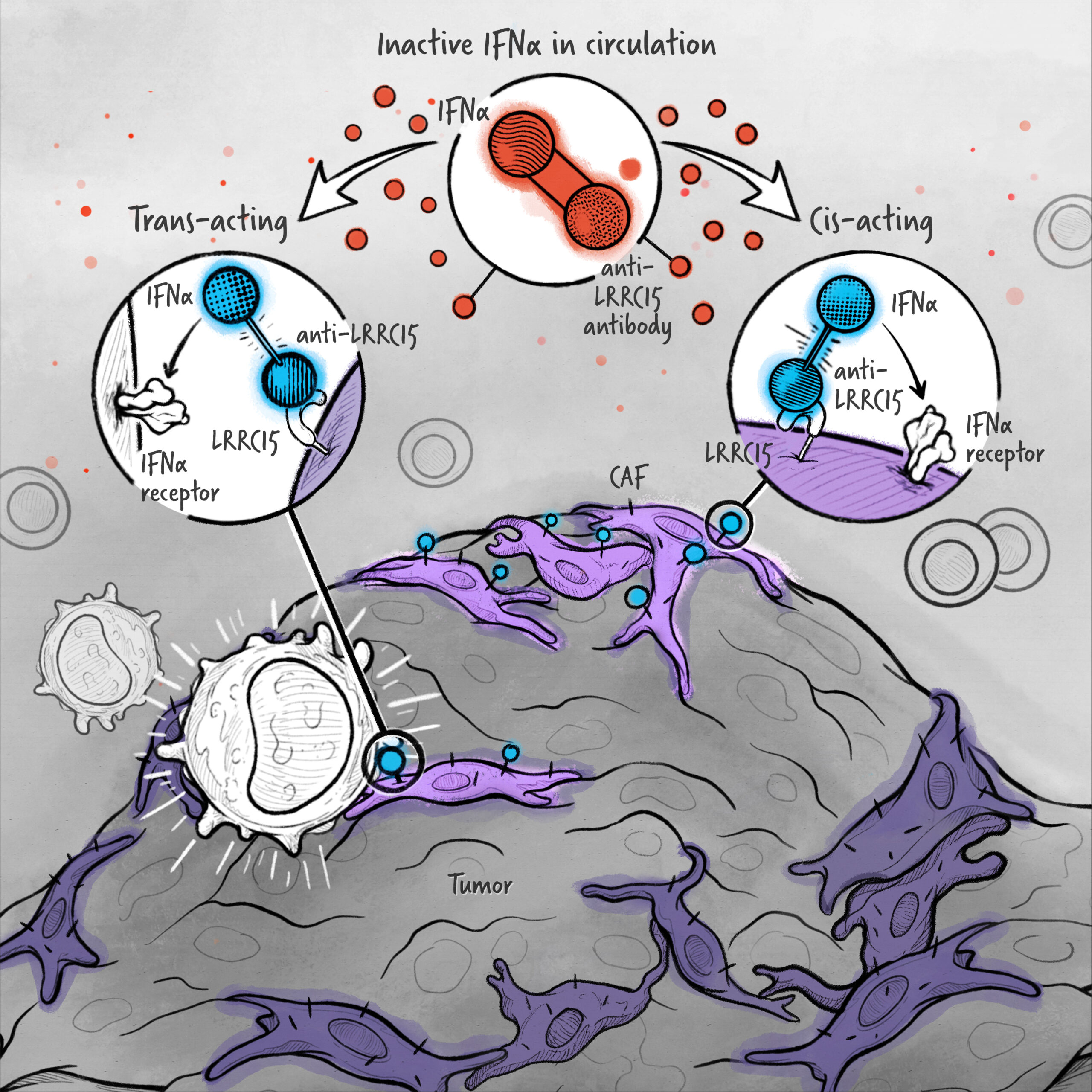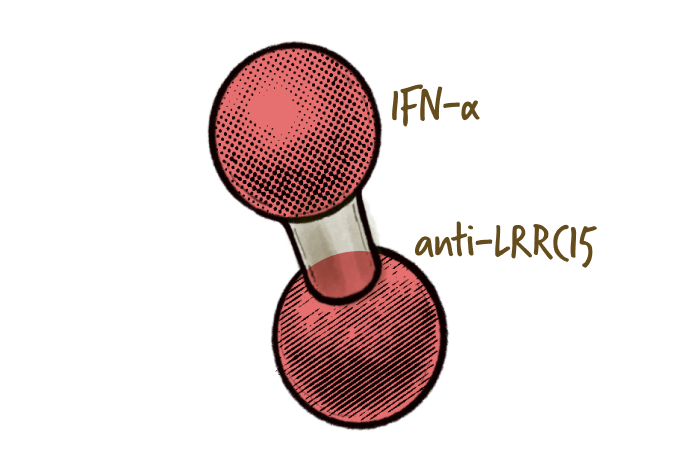We are developing a new class of Antibody Controlled therapeutics that are only active when bound to a target molecule.
While cytokines with broad immuno-stimulatory activity have shown an ability to increase the anti-tumor immune response, many are limited by significant toxicity and/or pleiotropic activity. Cytokines that act solely in a targeted, regulated manner have the potential to amplify the anti-tumor immune response while reducing systemic toxicity.




